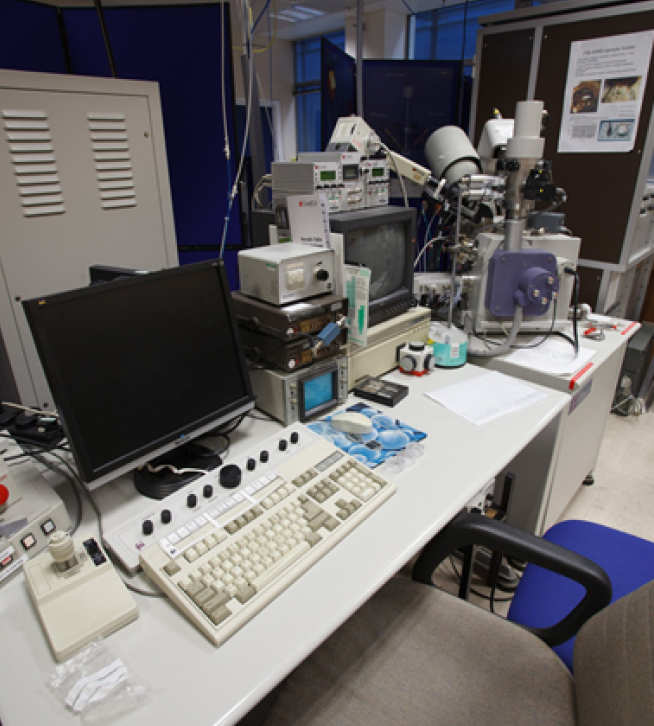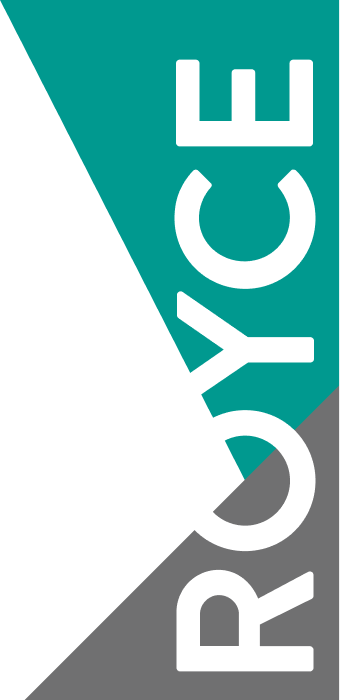Correlative microscopy has the potential to transform the way in which battery research is conducted. Using correlative techniques, we can observe battery processes across a range of length-scales in an interconnected and targeted manner.
In these talks, we discuss a range of ion/laser milling techniques which assist correlative investigations by bridging the micro- and nano-scale information typically provided by tomography and TEM.
The talks aim to provide a more in-depth account of the techniques introduced in the 10th March Faraday Masterclass lecture given by Prof. Philip Withers and Dr. Matthew Curd. Although designed as a series, delegates are welcome to attend any/all of the talks which interest them.
In talk #1 we discuss the Focussed Ion Beam (FIB) and Plasma Focussed Ion Beam (P-FIB) (booking link here);
In talk #2 we will cover Broad Ion Beam (BIB) and fs-laser techniques (booking link here);
In this talk (#3) we discuss the post-acquisition processing and reconstruction of 3D-SST data. We will show how stacks of images and maps can be aligned, correlated and segmented; leading to 3D renderings of features of interest and/or quantification. We will discuss the different software packages which can assist these processes and ways in which SST can be run in a way which minimises the challenges of 3D reconstruction.
Please note:
This seminar series is a joint Faraday Institution and Henry Royce Institute training course: registration data will be shared with both of the organising bodies.
This seminar series is open to UK-based academics only. We reserve the right to refuse access to the seminars if this condition is not met.
May 4 2021



